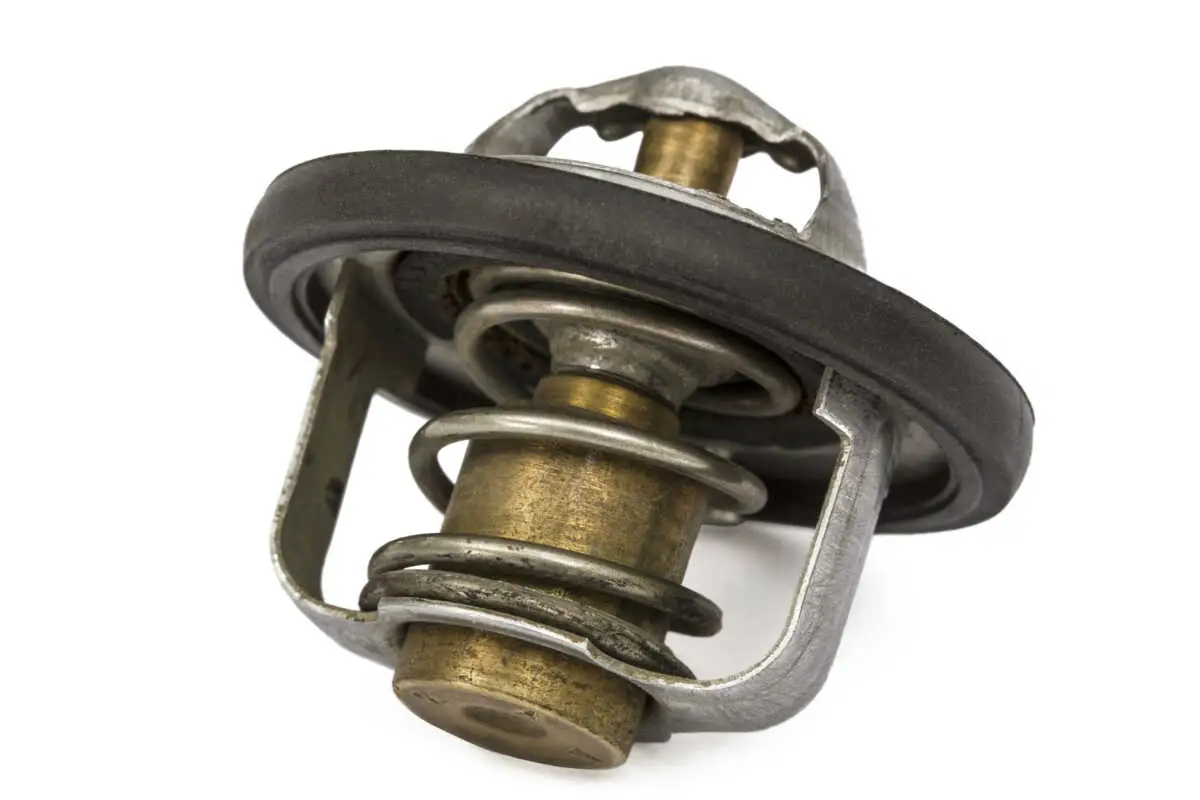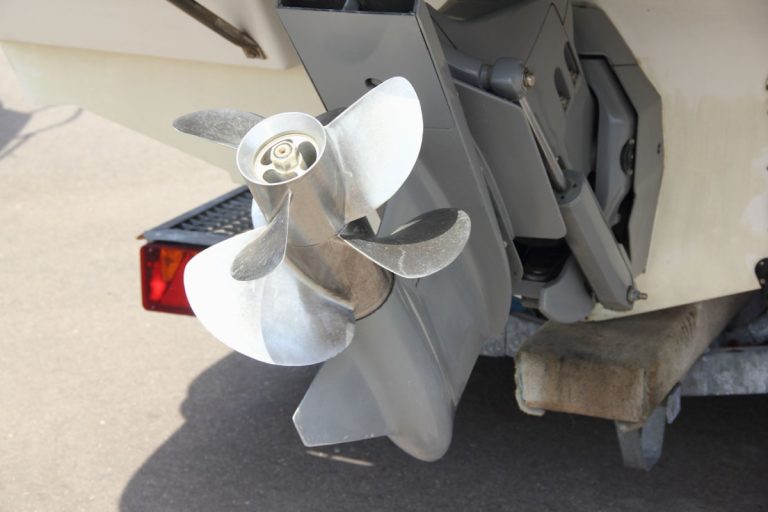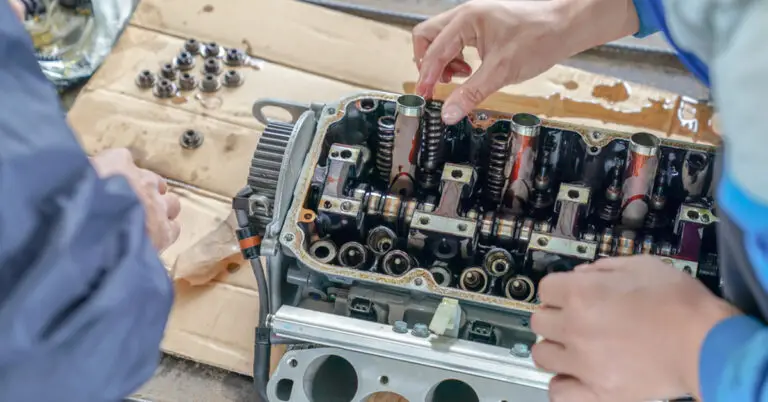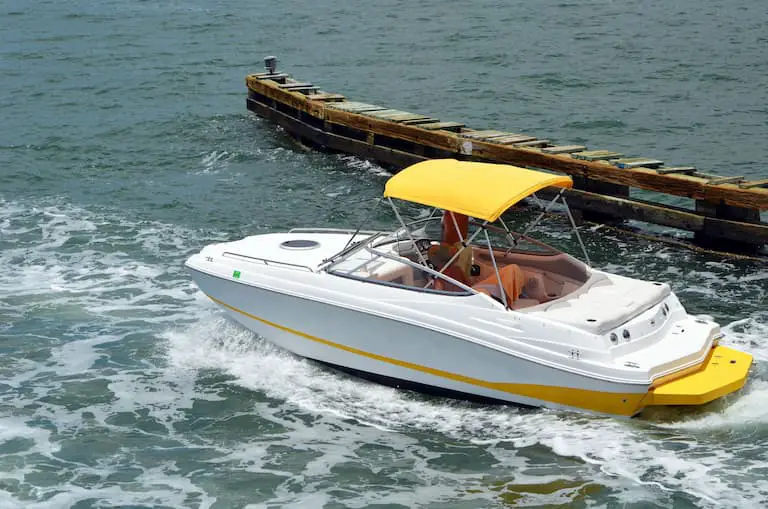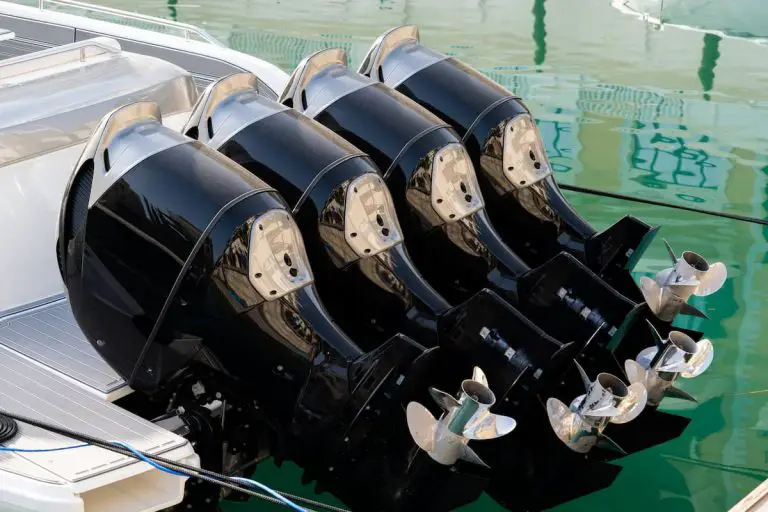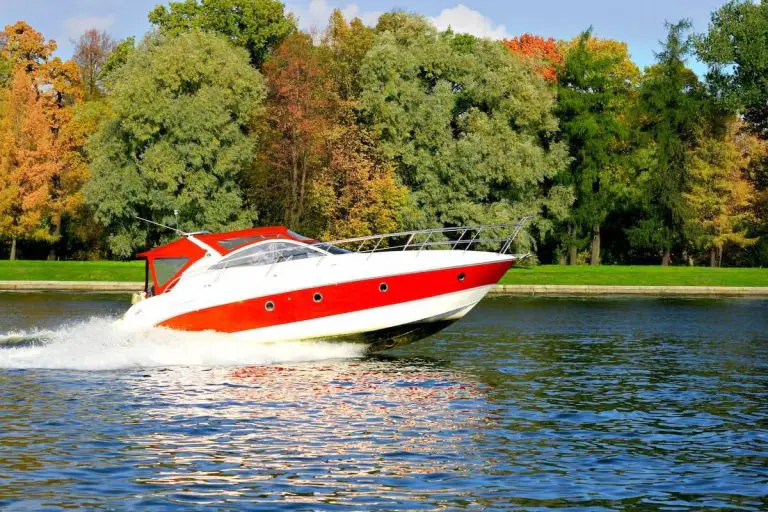How to Know When Boat Thermostat Is Open: A Quick Guide to Check
A boat thermostat is a vital component of the engine cooling system that regulates the temperature of the engine coolant*. The thermostat ensures that the engine maintains a consistent temperature and prevents it from overheating.
The ways to know if a boat thermostat is opening properly include checking the boat’s temperature gauge, looking for excessive smoke or steam from the engine, monitoring the coolant level (if any), and feeling the radiator hoses to determine their temperature.
If the boat thermostat is not functioning properly, it can cause a range of problems with the engine and cooling system. In this article, we will discuss how to know when a boat thermostat is open, including the signs and symptoms of a malfunctioning thermostat and what to do if you suspect that your boat’s thermostat is not functioning properly.
* Note: Most outboard engines are cooled by drawing water from the body of water they are sitting in (known as an open loop system) and do not contain any additional antifreeze or coolant. Inboard engines, on the other hand, operate on a closed-loop cooling system and pull coolant from a reservoir in the engine compartment.
What is a Boat Thermostat? (Inboard & Outboard Motors)
A boat thermostat is a component of the boat’s engine cooling system that regulates the temperature of the coolant moving through the engine. The thermostat is typically located between the engine and the water pump and is designed to open and close based on the temperature of the coolant used in an inboard engine or the incoming water in the case of an outboard motor.
When the engine is cold, the thermostat remains closed, preventing the water or coolant from flowing through the engine, thus allowing the engine to warm up more quickly. Once the engine reaches its operating temperature, the thermostat opens, allowing the water to flow through the engine enable it to maintain a consistent temperature.
The boat thermostat is an important component of the engine cooling system, as it helps to prevent the engine from overheating and causing damage. If the thermostat fails to open or close properly, it can cause the engine to never warm up (i.e., the thermostat is stuck open) or overheat (stuck closed), leading to potential damage to the engine or other components of the cooling system.
Regular maintenance and inspection of the boat’s cooling system, including the thermostat, can help to prevent these issues and keep the engine running smoothly.
The thermostat is responsible for maintaining the engine at an optimal temperature, which is usually around 160-180°F.
Why Do Boats Need a Thermostat?
A thermostat is an important part of the boat’s engine cooling system because it helps to regulate the temperature of the engine and prevent it from overheating. If the engine overheats, it can cause serious damage to the motor and other components of the boat’s cooling system.
Here are some reasons why a boat thermostat is important:
- Prevents engine damage: The boat thermostat regulates the temperature of the engine coolant and prevents the engine from overheating. Overheating can cause serious damage to the engine, including warped cylinder heads, damaged pistons, and other costly repairs.
- Improves fuel efficiency: When the engine is operating at the correct temperature, it is more fuel-efficient. A boat thermostat helps to maintain the correct engine temperature, which can save fuel and reduce operating costs.
- Extends the life of the engine: By preventing the engine from overheating, a boat thermostat can help to extend the life of the engine. Overheating can cause premature wear and tear on engine components, leading to the need for costly repairs or even engine replacement.
- Reduces emissions: When the engine is operating at the correct temperature, it produces fewer emissions.
Overall, a boat thermostat is an essential component of the boat’s engine cooling system and needs to function properly in order to prevent potential damage to the engine.
Signs of an Open Boat Thermostat
If you own a boat, it is important to know how to identify an open thermostat. A stuck open thermostat can cause problems in your boat’s engine if left unchecked. In this section, we will discuss what happens when a boat thermostat is stuck open and how to identify an open boat thermostat.
What Happens When a Boat Thermostat is Open?
When a boat’s thermostat is open, it means one of two things:
- The engine has warmed up and the valve has opened to allow water to cool the engine. which means the thermostat is operating as it should.
- Or, that the valve is stuck in the open position permanently, which allows water or coolant to flow freely through the engine. This is a problem if the engine is cold because it can cause the engine to never warm up to its optimal operating temperature, which will rob an outboard motor of its power.
In addition, a thermostat that is stuck open will cause the motor to produce a high level of emissions into the environment.
How to Identify an Open Boat Thermostat?
There are several ways to determine if a boat thermostat is open:
- Check the temperature gauge: If the temperature gauge on your boat’s dashboard is reading lower than normal, it could be an indication that the thermostat is stuck open and the flow of the coolant is not allowing the engine to warm up to the desired operating temperature. On the other hand, if the thermostat is stuck closed the temperature will read higher than normal.
- Look for steam or smoke: If you see steam or smoke coming from the engine compartment, it could be a sign that your thermostat is not opening and is stuck closed making the engine overheat.
- Check the coolant level: Many inboard boat motors use specialized coolant, if the coolant level is low, it could be an indication that the thermostat is not opening properly and allowing the coolant to flow through the engine. This will cause overheating.
- Feel the radiator hoses: When the engine is cold, the radiator hoses should feel cool to the touch. Once the engine is warmed up and the thermostat has opened, the hoses should feel warm or hot to the touch. If the hoses remain cool, it could be an indication that the thermostat is not opening properly.
Another way to identify an open boat thermostat is to remove the thermostat from the motor and immerse it in boiling water. As the thermostat heats up, it should open. When you remove it from the boiling water, and allow it to cool, it should close again.
If the thermostat does not open or close properly, it may be time to replace it.
Note: If your outboard engine is overheating, you may also want to check out the impeller and make sure it is working to pump water through the motor. Check out our article: 5 Signs Of A Bad Impeller In Outboard Boat Motors
Maintenance and Inspection
Regular maintenance and inspection of your boat’s thermostat is crucial to ensure the proper functioning of your boat’s engine. In this section, we will discuss how to inspect, maintain, and replace your boat’s thermostat.
How to Inspect a Boat Thermostat
Inspecting your boat’s thermostat is a simple process that can be done with basic tools. Here are the steps to follow:
- Turn off the engine and let it cool down completely before you start the inspection.
- Locate the thermostat in your boat’s engine compartment. It is a small, metal device that sits between the engine and the water pump.
- Check the thermostat for any signs of corrosion, leaks, or damage to the gasket.
- Check the hoses connected to the thermostat for any signs of wear and tear or leaks.
- Check the coolant level in the engine (if any). If the level is low, it can cause the thermostat to malfunction and overheat the engine.
When to Replace a Boat Thermostat
Boat thermostats are designed to last for a long time, but they can wear out over time. Here are some signs that indicate that your boat’s thermostat needs to be replaced:
- Engine overheating or not warming up to a proper operating temperature.
- Poor engine performance.
- Coolant leaks.
- Difficulty starting the engine.
- Increased fuel consumption.
If you notice any of these signs, you should replace the thermostat immediately to avoid any further damage to your boat’s engine.
How to Replace Boat Thermostat
To replace your boat’s thermostat, you will need to drain the engine cooling system (if you have an outboard cooled by water, there is no coolant to drain) and remove the old thermostat. When removing the old thermostat, take note of its orientation and position.
Clean the housing and install the new thermostat with the same orientation and position as the old one. Reassemble the engine cooling system and fill it with coolant (if needed). Run the engine and check for consistent temperature.
Where to Buy a Boat Thermostat
You can buy boat thermostats from marine engine vendors like Yamaha, MMI, and West Marine. Amazon also stocks a large number of boat thermostats.
Make sure to purchase the correct thermostat for your boat’s engine model. It is also recommended to buy a replacement gasket for the thermostat housing to ensure a proper seal.
Testing and replacing your boat’s thermostat is crucial in preventing engine failure and ensuring proper engine cooling. Signs of a bad thermostat include high engine temperature or failure of the boat motor to reach normal operating temperatures. Regular maintenance and checking of the thermostat and coolant levels can help you avoid any issues in the future.

